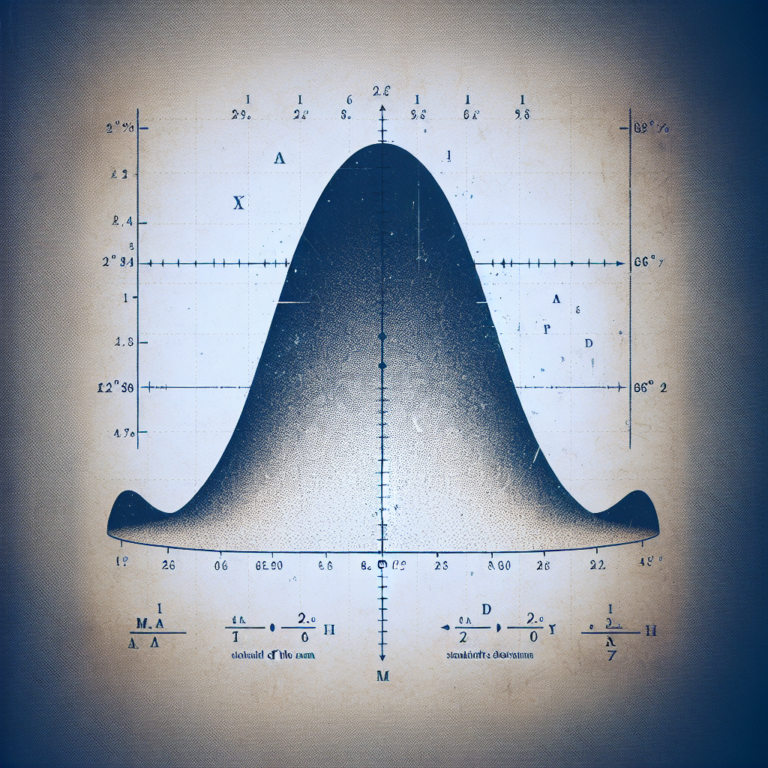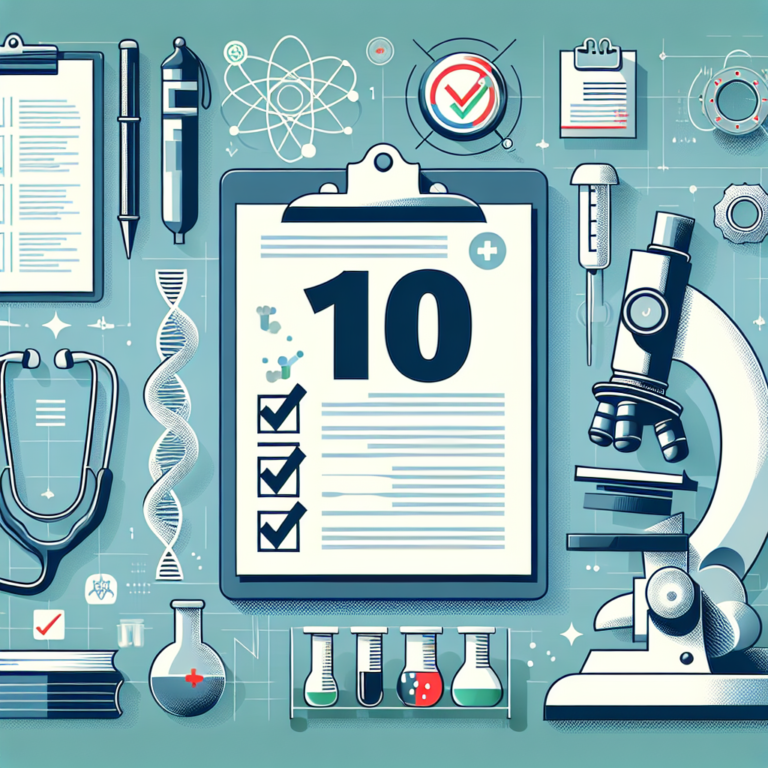In the world of healthcare, data and statistics play a crucial role in understanding trends, making informed decisions, and improving patient outcomes. As a medical professional, having a solid grasp of key statistical terms is essential for interpreting research studies, analyzing patient data, and communicating effectively with colleagues. This blog post, brought to you by StatisMed, will explore the top statistical terms that every medical professional should be familiar with.
Table of Contents
Descriptive Statistics
Descriptive statistics are used to summarize and describe the basic features of data in a study. These statistics provide simple summaries about the sample and the measures, such as mean, median, and standard deviation. Understanding descriptive statistics is fundamental for interpreting data and drawing meaningful conclusions about a particular study.
Inferential Statistics
Inferential statistics are used to make predictions or inferences about a population based on sample data. This type of statistics helps medical professionals draw conclusions from data and determine if the results are statistically significant. Being able to apply inferential statistics correctly is crucial for making evidence-based decisions in healthcare.
P-value
The p-value is a measure that helps determine the significance of results in a statistical hypothesis test. It indicates the probability of obtaining the observed results by chance. A lower p-value suggests that the results are more significant and less likely to be due to random variation. Understanding the p-value is essential for evaluating the strength of evidence in research studies.
Confidence Interval
A confidence interval is a range of values that likely contains the true value of a statistical population parameter. It provides a measure of the uncertainty or margin of error associated with a sample estimate. Medical professionals use confidence intervals to express the precision and reliability of study results, helping them make informed decisions based on the data.
Odds Ratio
An odds ratio is a measure of association between an exposure and an outcome in a case-control study. It quantifies the strength of the relationship between two variables and is commonly used in medical research to assess the risk of a particular outcome. Understanding odds ratios is crucial for evaluating the effectiveness of treatments and interventions in healthcare settings.
Sensitivity and Specificity
Sensitivity and specificity are measures used to evaluate the accuracy of diagnostic tests in medicine. Sensitivity represents the ability of a test to correctly identify patients with a particular condition, while specificity measures the ability of a test to correctly identify patients without the condition. Medical professionals rely on sensitivity and specificity values to assess the performance of diagnostic tests and make informed decisions about patient care.
Overall, having a solid understanding of key statistical terms is essential for medical professionals to effectively analyze data, interpret research findings, and make evidence-based decisions in healthcare. By familiarizing yourself with these terms and concepts, you can enhance your ability to critically appraise studies, communicate findings, and ultimately improve patient outcomes. To learn more about how StatisMed can help you with statistical analysis services, visit our services page or contact us to request a quote today.
Now that you have a better understanding of the top statistical terms every medical professional should know, you can confidently navigate the world of healthcare data and research with ease. Remember, statistical literacy is a valuable skill that empowers you to make informed decisions, drive positive change, and contribute to the advancement of healthcare practice.
References
1- Introduction to Biostatistics
2- Medical Statistics Made Easy
3- Statistical Methods for Healthcare Research





